Whatever you already know about playing cards, tarot cards, and the rest, we are confident you will find something you didn't know yet to delight and surprise you
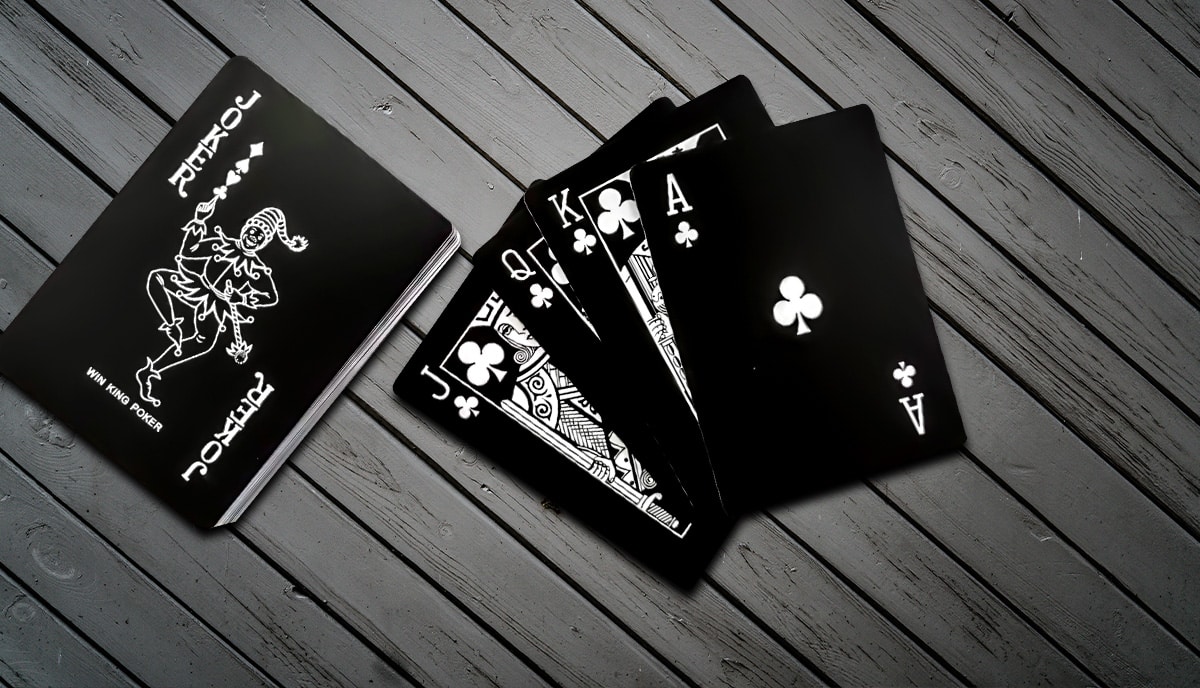
Here at QinPrinting, we are very familiar with all kinds of printed cards — from traditional poker cards, tarot, and oracle decks, to custom cards made for specific board games, and even “gimmick” cards made for professional magicians. But where did the idea of playing cards come from? How did it all begin? That's what we going to answer in this post.
What is a playing card?
In the West, there's a long tradition of playing cards which are usually made of thick paper, or several layers of thin paper glued together, to form a flat, often rectangular, board. Most cards are gathered together in groups called “decks”.
All the cards in the deck are uniform in size and construction. A part of the deck — perhaps divided off during a game — is known as the “pack”. A number of cards held manually by players are called “a hand”.
In most cases, cards have two printed sides. One side is printed with an image or a number, or both, while the other side is printed in plain color or an abstract pattern. Most cards, whether used for playing games, for fortune-telling, or other purposes, also have rounded corners to make them more comfortable to hold.
When did playing cards first appear?
As far as we can tell, playing cards existed at least as long ago as the 10th century A.D. There are a few mentions in ancient Chinese literature. Unfortunately, these sources do not describe the cards themselves. They only tell us that they existed in China before we hear of them anywhere else.
Most scholars agree that the first European playing cards appeared in Italy and Spain toward the end of the 14th century. However, it seems that such cards were not manufactured in Europe but imported from the Islamic world, especially Egypt in the north of Africa. At that time they were considered exotic luxury items that only the wealthiest could afford to own.
By the 15th century, while still the preserve of royalty, aristocrats, and wealthy merchants, playing cards had spread throughout Europe. The early cards were all made and painted by hand. They were exquisite works of art in their own right; even to the extent that Kings — such as King Charles VI of France — would pay handsome sums to skilled artists to create custom decks for use in court.
But a revolution was at hand. The invention of the woodblock printing press made the mass production of printed materials possible for the first time. Not only did this lead to the proliferation of books — which previously had to be laboriously hand copied by monks — but also to the mass production of playing cards. When something is rare, it is expensive and highly prized. Once it becomes common, it usually becomes more affordable. As printing technology developed and became more efficient and cost-effective, so playing cards became part of the daily life of the common people.
When were the four suits invented?
The four suits which we know today in English as spades, hearts, diamonds, and clubs were first devised in France, probably during the 16th century. These simplified motifs were partly a product of speeding up the printing process — the complex figures and landscape of the handpainted cards of former times made printing complex or even impossible — and became fixed as the standard due to the popularity of the games in which they first appeared. Many of which, such as pique and carreau, are still popular today.
Playing cards and gambling
The idea of playing games purely for fun is a relatively recent development. Most early games, whether chess, dice, or cards, were played for money. In fact, many historians agree that the advent of affordable decks of playing cards led to a rise in gambling across all social orders, from the richest to the poorest.
In the past, board games such as chess had been the exclusive preserve of the wealthy because they were costly to make and you needed somewhere safe to keep them. Dice, on the other hand were cheap and simple to make, and could easily be slipped into a pocket, and so were more commonly associated with the poorer folk. Cards bridged the gap between rich and poor and became the gambling choice of everyone from the king to the road sweeper. Indeed, for most of history, cards have been a means to riches or to ruin for many who could not resist one more turn at the table.
Cards and magic tricks
We don't know exactly when cards were first used to perform magic tricks, but it is likely to have followed on from the rise in the popularity of card gambling in the 17th century. It's in human nature to cheat, and when the stakes are high, even more so. But cheating could be dangerous, and if caught, not only could you lose your money but your life as well.
So, dexterous handling and clever misdirection were needed to reduce the chances of being caught cheating at cards. Eventually, however, certain individuals discovered the skills they were able to develop to manipulate cards and onlookers' attention could be used to form “magical effects” in their own right. At first, it may not have been more profitable, but it was certainly safer to perform magic tricks than trying to win the gambling table by trickery and subterfuge.
In time, the affordability, availability, and familiarity of playing cards — not to mention the endless possibilities for flourishes, manipulation, and trickery that are possible with even a plain deck — they were soon incorporated into every conjurer's routine. Their popularity for magic tricks remains undiminished to this day.
The development of card design
While throughout history there have been many variations on the now-traditional deck of cards — variations in number, suits, colors, designs, sizes, and significance — there's no doubt that the most successful and enduring card design is that we know today: the 52-card deck divided into four suits, two red and two black, designated hearts, diamonds, spades, and clubs and with 13 cards in each suit subdivided into “spot cards” numbered from one (the ace) to 10 and three “court cards” identified as the Jack or Knave, the Queen, and the King.
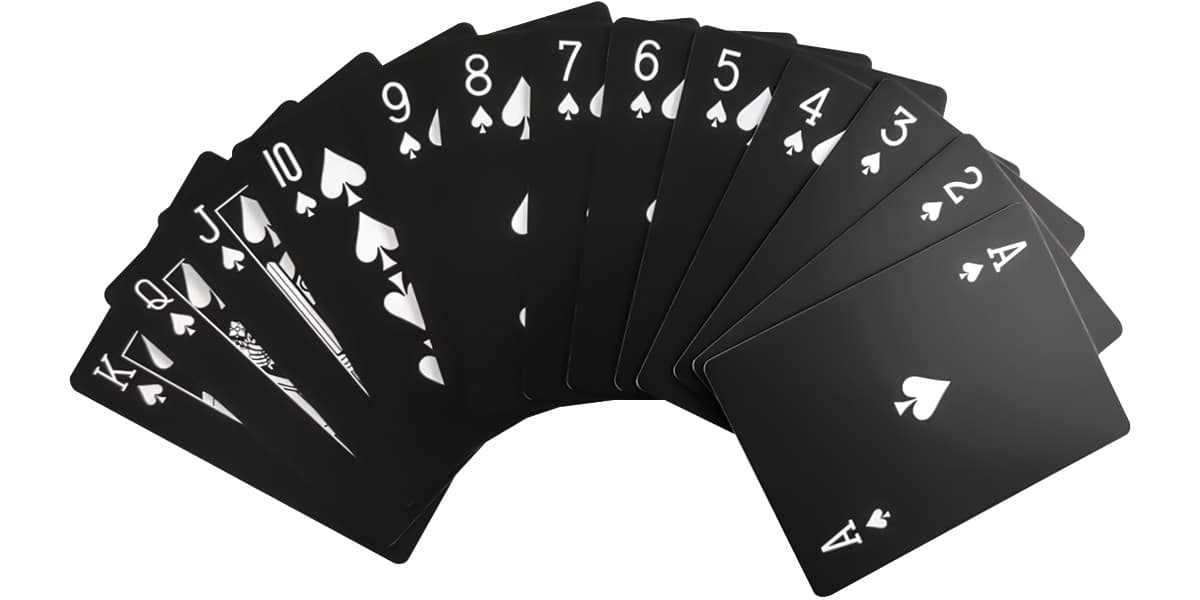
Joker cards
At some point two further cards were added to the traditional deck. These two cards, typically representing a stylized medieval court jester or “fool” are rarely used in modern games and their function varies from one game to another. Their most common role — in games such as canasta and rummy, for example — is as so-called “wild cards” whose value or significance changes according to the context and flow of play.
While it has been suggested that the playing cards may have devolved from an earlier iteration of the tarot, thereby ascribing the card known as “The Fool” as the antecedent of the modern Joker, there is little evidence to support the theory. It is more likely that the card originated as a high trump in the French game of euchre.
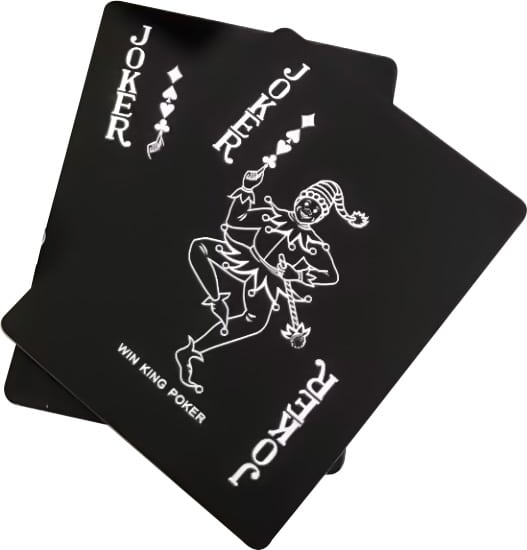
Custom card decks
Today, there is considerable commerce in the design, printing, and distribution of custom card decks. They are used as promotional tools by businesses, professional magicians working on every level from restaurants and nightclubs to the stage and television shows, make fabulous corporate gifts, and can be sold at profit by online and off-line retailers. Playing cards have always been big business, at least since the invention of the printing press. And the appetite for personalized custom decks shows no sign of abating even today.
Talk to us!
If you're interested in creating your own custom card deck, it's never too soon to talk to us about your ideas. We're an enthusiastic and friendly team with a real sympathy for independent creatives and a core commitment to personalized, customer-focused service, Get in touch today for an informal chat or to ask us for a no-obligation quote on helping you create a beautiful custom card deck. We can't wait to hear from you!





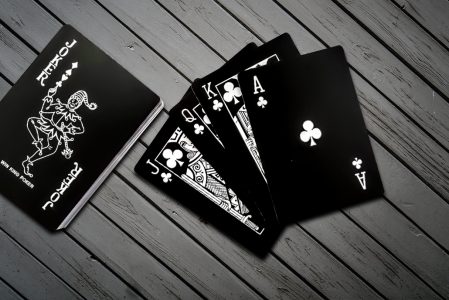
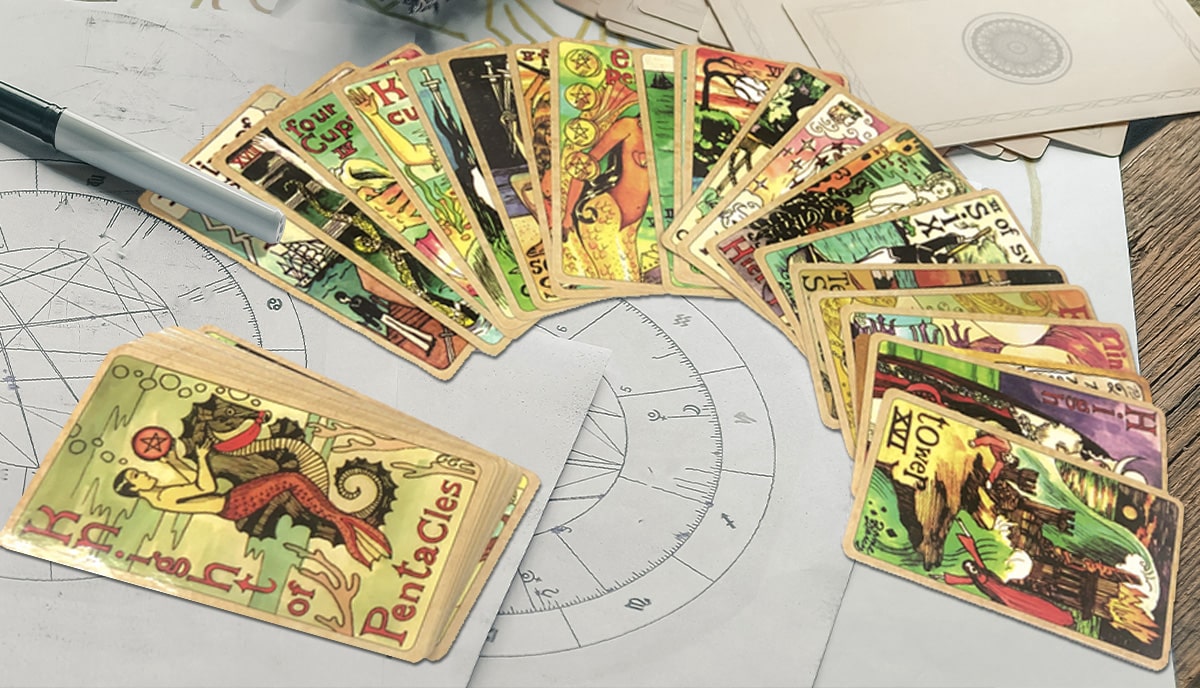

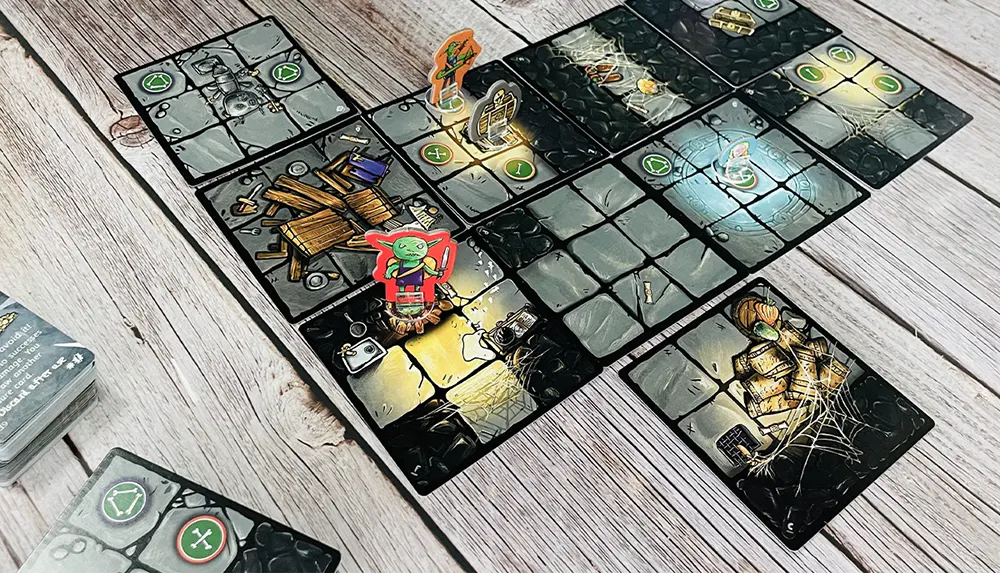

Hello, I am the co-host of a podcast called Remnant Stew. We feature strange but true stories on a wide variety of topics. I came across your fine article about playing cards while researching for an upcoming episode about games. I would like your permission to quote directly from your article. Of course we will credit qinprinting.com during the episode and also in the show notes.
Thank you for your time and consideration.
http://www.remnantstew.com
Hey, Steve. That sounds cool. We've checked out your podcast it it looks great, full of fascinating stories and entertaining facts. We'd be delighted for you to include extracts from our article according to the terms you suggest. If you'd like any more information or help, don't hesitate to reach out. Oh, and let us know when the show is broadcast so that we can listen in and share it with our followers! Thanks again for reaching out and all the best with the podcast. 🙂